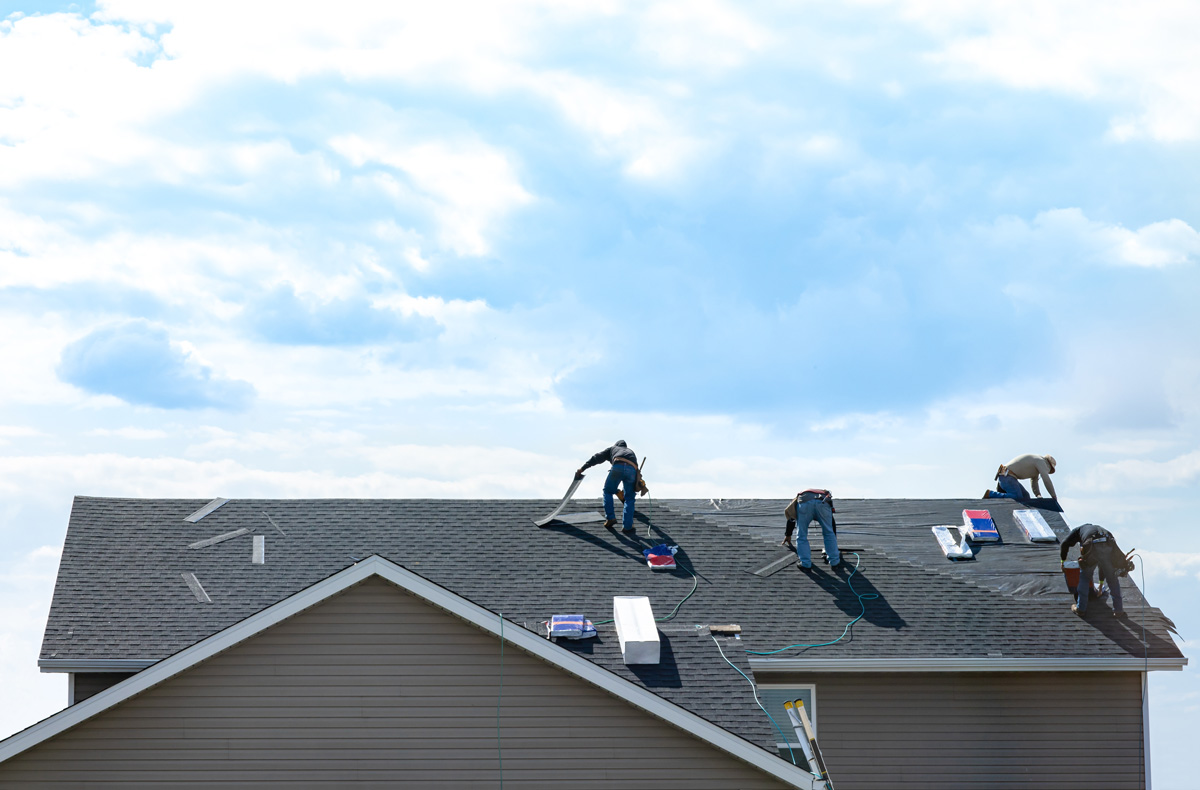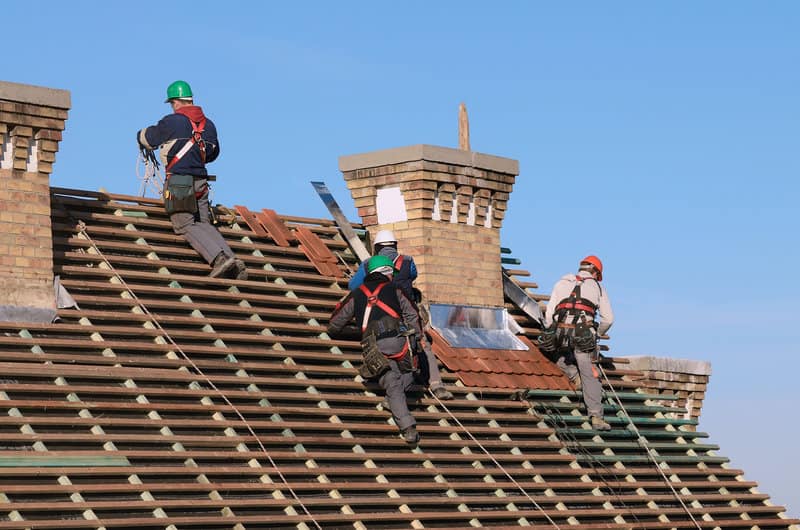How to Evaluate Various Roofing Options for Your Structure Needs
Examining roof covering choices for your structure calls for a thorough method that thinks about numerous variables such as the planned usage of the framework, regional climate conditions, and material features. It is important to evaluate the benefits and downsides of various roof covering types, from asphalt roof shingles to metal and clay tiles, while also considering preliminary costs and long-lasting maintenance. Additionally, recognizing energy performance and visual charm can affect your decision. As you contemplate these considerations, one question continues to be: which factors will eventually lead your choice for a lasting and visually pleasing roofing option?
Examining Your Structure's Demands
To successfully examine roof covering options, begin by extensively analyzing your building's demands. Beginning by thinking about the building's intended use, as various structures may demand differing roof covering specifications. Domestic roofings typically prioritize aesthetic appeals and insulation, while industrial structures may concentrate on toughness and load-bearing capability.
Next, examine the regional climate problems that will impact roof covering performance. Aspects such as temperature level variations, rainfall degrees, and wind patterns can affect product selection and style. A roof that excels in a warm environment might not perform as well in areas prone to heavy snowfall or extreme warm.
Additionally, evaluate the structural integrity of your structure. Guarantee that the existing structure can sustain the chosen roof covering materials, especially if thinking about heavier choices. It is additionally important to examine any kind of regional building ordinance or laws that may dictate certain needs for roof systems.

Comparing Roofing Products
When an extensive evaluation of your structure's needs has been completed, the following step includes comparing numerous roof products. Each product provides distinct advantages and drawbacks, making it important to straighten your selection with your certain requirements and conditions.
Asphalt tiles are extensively acknowledged for their affordability and convenience of setup, making them a prominent alternative for residential buildings. On the other hand, steel roof, understood for its longevity and longevity, can withstand extreme climate condition but may come with a greater first financial investment.
Clay and concrete ceramic tiles offer exceptional thermal insulation and aesthetic charm, especially for Mediterranean-style style, yet they call for a more durable architectural support due to their weight. Wood drinks offer a natural look and great insulation buildings however may demand more maintenance and are at risk to fire dangers.
Examining Cost and Spending Plan
Analyzing your roof covering options demands a cautious analysis of price and spending plan factors to consider. The general spending plan for a roof job comprises numerous elements, consisting of material costs, labor costs, maintenance, and possible long-term cost savings. It is necessary to develop a clear budget prior to discovering specific roof covering products, as this will certainly guide the decision-making procedure and assist you prevent overspending.
Begin by acquiring quotes from multiple specialists to understand labor prices in your region. Make sure that these estimates include all needed services, such as elimination of the old roof covering, installment, and any extra attributes, like insulation or ventilation renovations - Roofing Contractor. Next, examine the price of numerous roof covering materials, taking into account both first setup prices and anticipated life expectancy

Comprehending Power Efficiency
Power performance plays a crucial duty in the choice of roof covering materials and systems, dramatically impacting both power intake and total convenience within a structure. A well-chosen roofing system can boost thermal efficiency, minimizing the demand for heating and cooling systems, which consequently decreases power expenses and lessens view it environmental effect.
When assessing roofing choices, take into consideration materials that reflect rather than soak up warm. Light or reflective roof items can significantly reduce roof covering surface temperatures, bring about lower energy usage during hot months. Furthermore, correct insulation and ventilation are important to enhance the energy effectiveness of the whole roof. Insulation stops warmth transfer, while ventilation reduces warmth buildup in the attic room.
One more important factor is the roofing system's longevity and upkeep demands. Resilient materials that need much less regular substitute add to lasting energy cost savings. In addition, the energy performance of a roof system can likewise be assessed via its conformity with well established sustainability rankings such as power CELEBRITY or LEED.
Thinking About Visual Appeal
A roofing's aesthetic charm significantly influences the overall appearance of a building, matching its architectural style and boosting visual appeal. Sylvania Roofing Contractor. When examining roofing alternatives, it is necessary to consider just how the picked product, shade, and style will certainly balance with the existing framework and area. A well-designed roof covering can boost even the most basic of buildings, transforming them into visual centerpieces
Different roofing products use various aesthetic high qualities. Traditional shingles might evoke a classic appeal, while metal roof can give a contemporary, sleek appearance. Furthermore, the color of the roof material plays a crucial duty; lighter tones can make more helpful hints a structure anonymous appear even more spacious, while darker tones might produce a cozier setting.
In addition, building aspects, such as dormers and eaves, can boost the roofing's visual influence. It is suggested to seek advice from specialist developers or architects to make certain the selected roofing choice straightens with the overall layout intent. Ultimately, a roofing must not just provide useful advantages yet also contribute favorably to the building's aesthetic, mirroring the proprietor's preference and the character of the surrounding atmosphere.
Verdict
